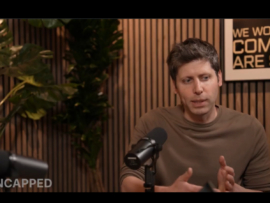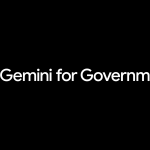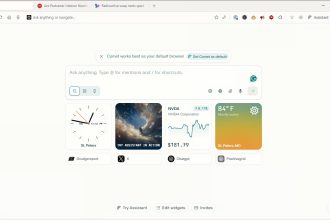
OpenAI CEO Sam Altman has already turned attention to GPT-6, hinting that the next generation model may arrive sooner than the industry anticipated. Although GPT-5 only recently launched, Altman said in a press conference last week that its successor is already being shaped to make ChatGPT mode adaptable, personalized, and useful.
Altman described a future in which ChatGPT expands further into specific areas of expertise, including energy, robotics, and even the construction of the massive data centers fueling the AI boom.
What could GPT-6 look like?
Altman said GPT-6 could arrive faster than the two-year gap between GPT-4 and GPT-5. He described GPT-6 as more adaptable and able to create chatbots to match personal preferences. Central to this goal is expanding ChatGPT’s memory, allowing it to retain past conversations and anticipate user needs.
Altman also said ChatGPT should be steerable based on the user’s own political beliefs. By default, the chatbot should hold a “center-of-the-road, middle stance” unless the user wants to “push it,” Altman said at the press briefing, according to CNBC.
With more memory comes more responsibility
While GPT-5 introduced enhanced memory capabilities, GPT-6 might push even further in recalling user personal preferences. However, Altman acknowledged that expanded memory also raises privacy concerns.
Users growing personally attached to chatbots can have a dark side, shown by the feelings of loss some power users experienced after the GPT-5 launch changed ChatGPT’s personality. Altman said OpenAI has been working with psychologists to track people’s well-being over time when using ChatGPT.
GPT-5 outperformed its predecessors on several benchmarks. However, some users found its responses impersonal compared to GPT-4. In response, OpenAI restored the older model for some subscription tiers.
Altman: AI industry is ‘saturated’
OpenAI’s ChatGPT sparked the generative AI revolution. But since then, it has faced competition from Google’s Gemini, Perplexity, DeepSeek’s V3, and a host of chatbot apps.
Altman acknowledged last week that the chatbot capability may have plateaued and the industry may be in a bubble. “The models have already saturated the chat use case,” Altman said at the press briefing.
ChatGPT had 400 million weekly active users as of February.
Google wants other tech companies to adopt its framework for determining the environmental impact of generative AI prompts.







